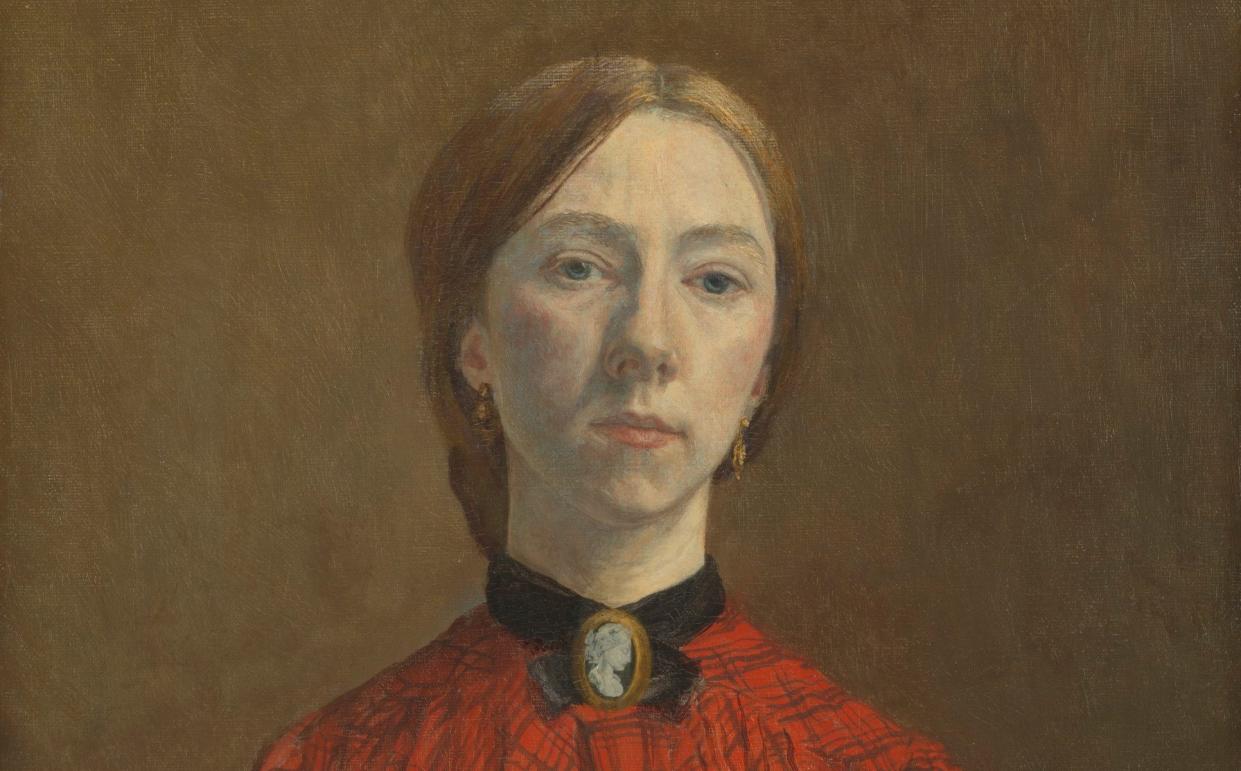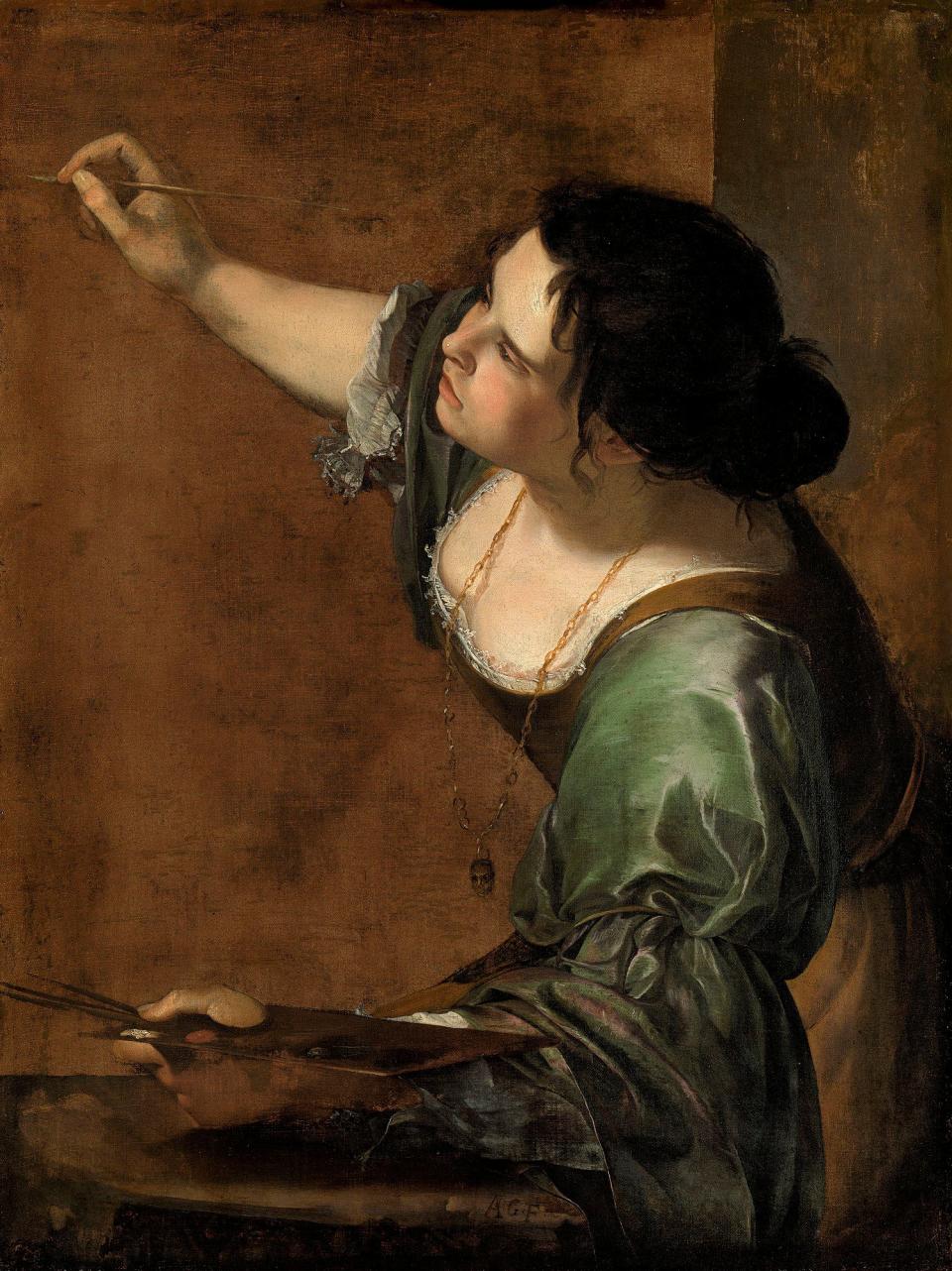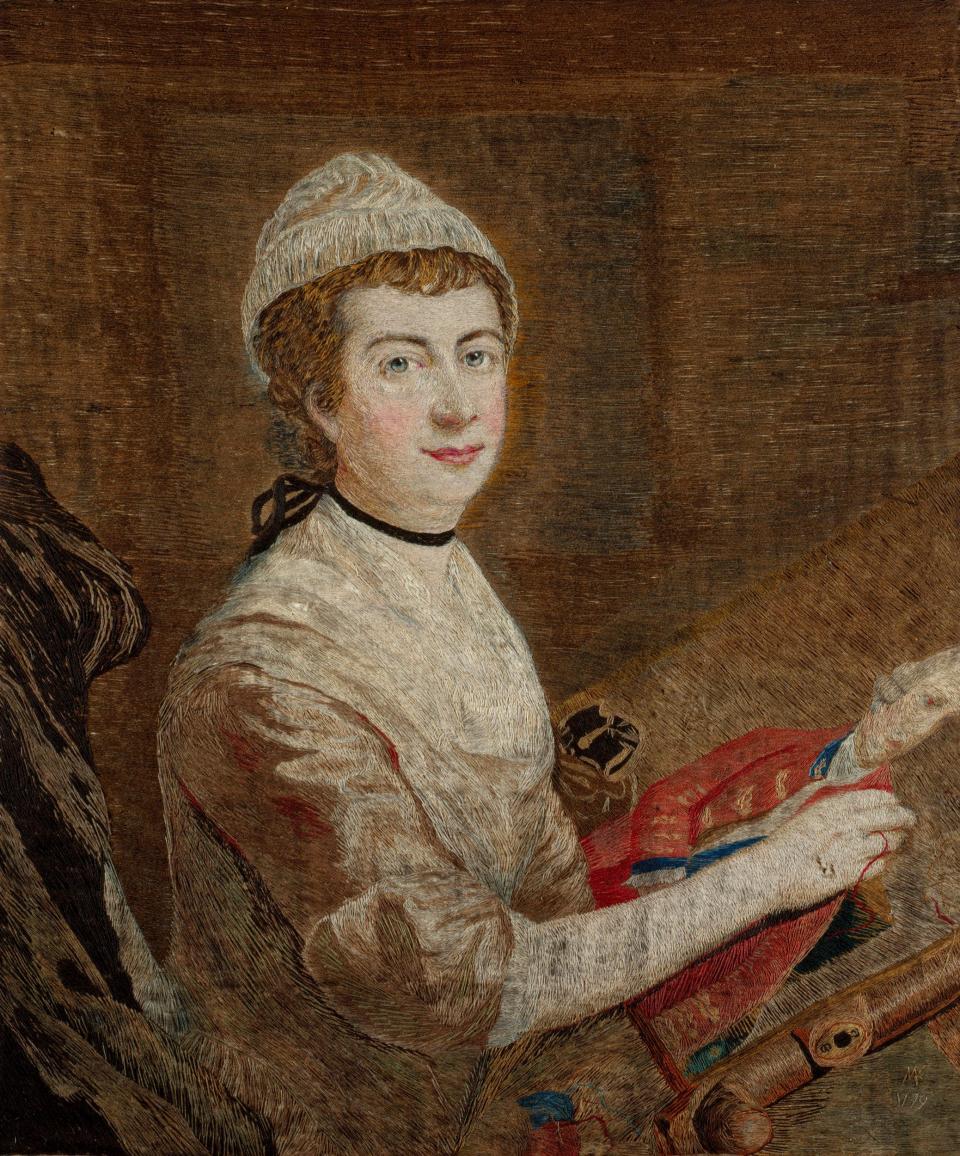Tate Britain proves why female artists deserved more fame – well, some of them

- Oops!Something went wrong.Please try again later.
- Oops!Something went wrong.Please try again later.
The past five or so years have seen an explosion of interest in the history of women’s art. We’ve come a long way from EH Gombrich’s The Story of Art, the celebrated survey that, in its first edition of 1950, featured zero female artists. Now there’s a continuous stream of solo and group exhibitions, books and podcasts, all collectively working to correct the record.
Now You See Us at Tate Britain is the latest contribution to the revisionist project. The show focuses on women who pursued art professionally in this country, from 1520 to 1920. It’s impressively expansive: there are pieces by more than 100 artists, in an array of media and genres.
Among the best-known works on display is Artemisia Gentileschi’s Self-Portrait as the Allegory of Painting (c1638–9), likely produced during the Italian Baroque artist’s stay in London at the invitation of Charles I. The oil painting, which depicts Gentileschi poised to embark on a new canvas, offers a confident advertisement of her skills.
Equally accomplished is the prolific portraitist Mary Beale, who in the second half of the 17th century became one of the first British women to earn a living from her art, with a broad clientele ranging from close friends to aristocrats. In the tender oil sketches of her son Bartholomew, with his soft golden curls and rosy cheeks, you can see why she was in such high demand.

Over the 400 years covered here – and just as you’d expect from a comparable show of male artists – there’s plenty of middling, and below-middling, work. The various pictures of ladies with flowing dresses and blank expressions are pretty forgettable. But even when the work fails to engage, the wall-texts and captions are fascinating on these artists’ struggle against discrimination and – perhaps worse – obscurity.
One recurring point, for instance, is that certain forms and subjects were deemed less (or more) suitable for women. For the Victorians in particular, nudes were controversial. Anne Seymour Damer, meanwhile, is believed to have been the only British female sculptor working in the late 18th and early 19th centuries: hers was thought a “masculine” pursuit, and rumours were spread that she didn’t carve her own work. (Displayed here are a simple portrait bust and a near-kitschy pair of sleeping Maltese dogs in terracotta.)

Some of the most striking works, by contrast, appear in the sections devoted to pursuits considered acceptable for women in their time. Such pieces were critically dismissed, yet who today can deny the virtuosity of Mary Knowles’s needlework self-portrait of 1779, which depicts the artist embroidering a copy of a Zoffany portrait of George III? Just as skilful, and utterly gorgeous, are the 18th-century botanical collages of Mary Delany, which the naturalist Joseph Banks once said were the only images he could reliably use to identify plant species.
With the progression of women’s rights, the restrictions on their artistic careers duly lessened. The final room of the Tate exhibition presents a diverse sample of work from the early 20th century, including Laura Knight’s popular landscapes, Gwen John’s self-portraiture and Vanessa Bell’s modernist still-lifes. By this stage in history, the fact that the artists are all women has become almost irrelevant. Indeed, as a group, they have little else in common. And that, obviously, is a very good thing.
From tomorrow to Oct 13. Tickets: 020 7887 8888; tate.org.uk

